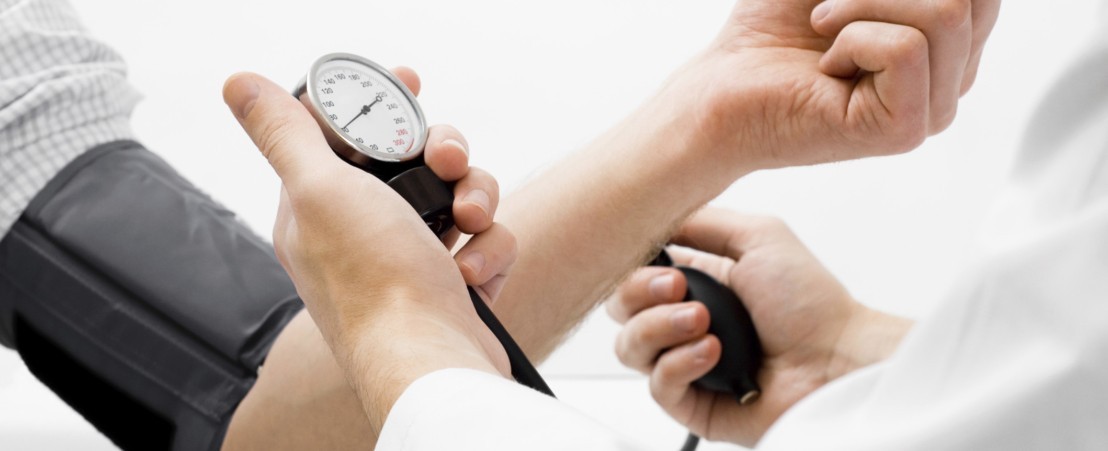
Hypertensive retinopathy is a condition in which the blood vessels in the eye are damaged as a result of high blood pressure. This can affect blood flow to the retina, the lining at the back of the eye which acts like the film in a camera. If left untreated, this can seriously threaten vision.
Patients may not initially be aware that they are suffering from hypertensive retinopathy. The condition is graded from Grade I to Grade IV with progressively worse implications for vision and problems that can include double vision, headaches and even sudden vision loss.
Your ophthalmologist will use an ophthalmoscope to examine the retina and its blood vessels. Hypertensive retinopathy affects the thickness of the walls of the veins and arteries and, as a result, blood flow through them. The doctor will look at the quality of the blood vessels, blood flow and look for signs of haemorrhage. A diagnosis will then be made and, if the condition is diagnosed, it will be graded from I-IV as described above.
The only effective treatment for hypertensive retinopathy is controlling high blood pressure. This involves trying to lead as healthy a lifestyle as possible with a balanced diet to lower cholesterol, exercise and not smoking.
In the lesser Grades of hypertensive retinopathy, many of the symptoms can be reversed once blood pressure is brought under control. Grade IV, however, may result in permanent damage. Patients should continue to have their blood pressure monitored and continue to lead as healthy a lifestyle as possible.
Contact us or request an appointment with our medical team.